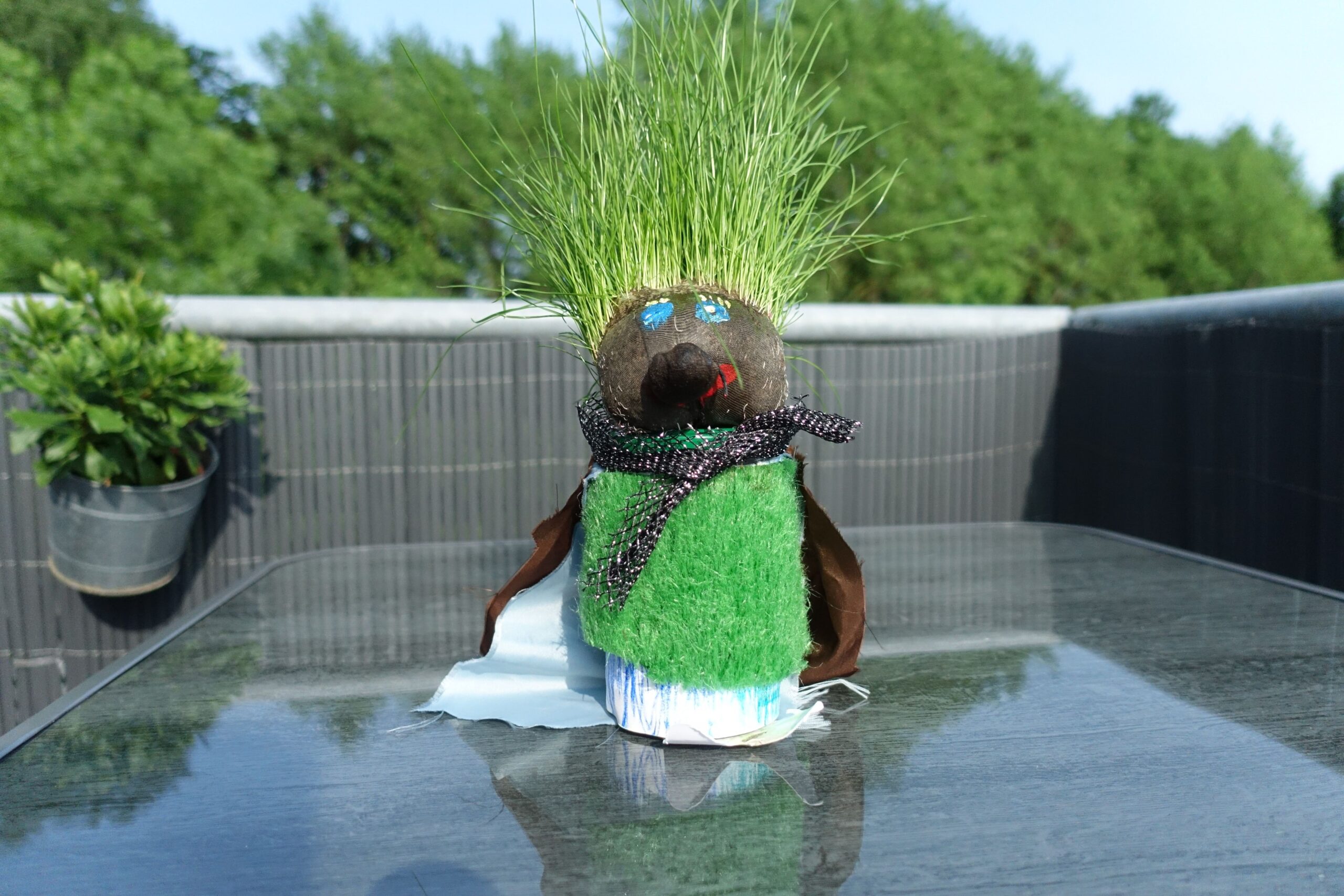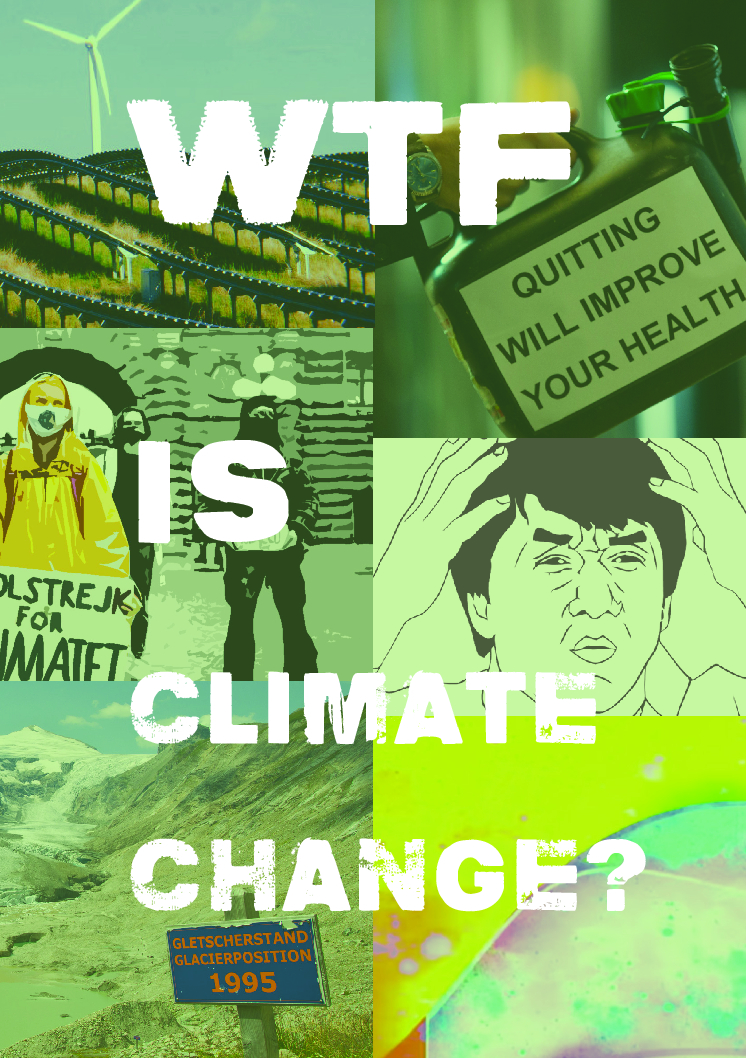Sustainaware
Educating the Slovenian and Hungarian youth about climate change and climate change mitigation through non-formal approaches.
Awareness Climate Policy Education

Project info
Hungary, Slovenia
07/20 - 12/22
Educational institutions, Non-governmental organisations
158,638.91 €
Contact info
Tomaž Gorenc
- CliMates France
- University of Ljubljana (UL)
- Youth Network No Excuse Slovenia
Background
The Slovenian and Hungarian youth is aware of climate change issues and has a generally positive attitude toward climate action. However, they are rarely engaged in actual projects. To change this, educational projects must not only focus on teaching the science behind climate change, but also on encouraging action. This can only be achieved when projects reach out to young people beyond traditional, formalized education contexts like schools. Instead, they need to adjust to their realities and means of communication.

The Earth Overshoot Day marks the date when humanity has exhausted nature’s budget for the year. If the world’s population would live like the population of Qatar, this day would be on Februray 11 already. (c) IMZTR
Project
To promote “climate literacy” among Central European youth, the project provides educational resources about climate change mitigation. For example, it adjusts the Ecological Footprint Calculator to the Slovenian reality. This allows young people to compare and tackle their resource demands and to transform unsustainable consumption patterns into sustainable ones. Furthermore, the implementing organizations conduct educational events on climate change: eight webinars, a summer school on climate change, and the Sustainability and Youth Climate Summit. Each format allows participants and relevant stakeholders from Central Europe to present and discuss project results. Finally, the project addresses the youth work community by developing a new competence model on climate mitigation and sustainability. Acknowledging the importance of non-formal education and communications systems, the project relies heavily on social media to disseminate the knowledge.

Last update: July 2024

